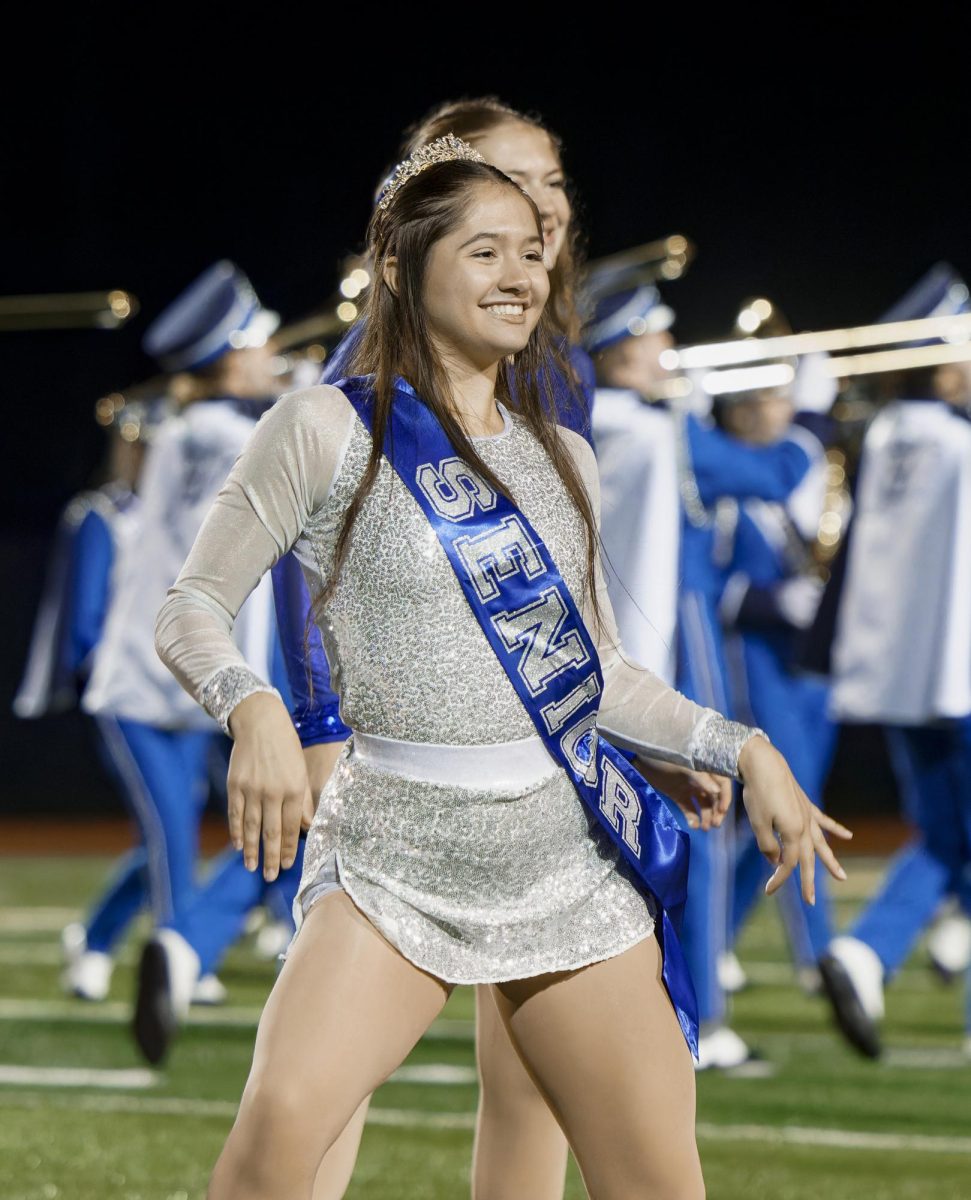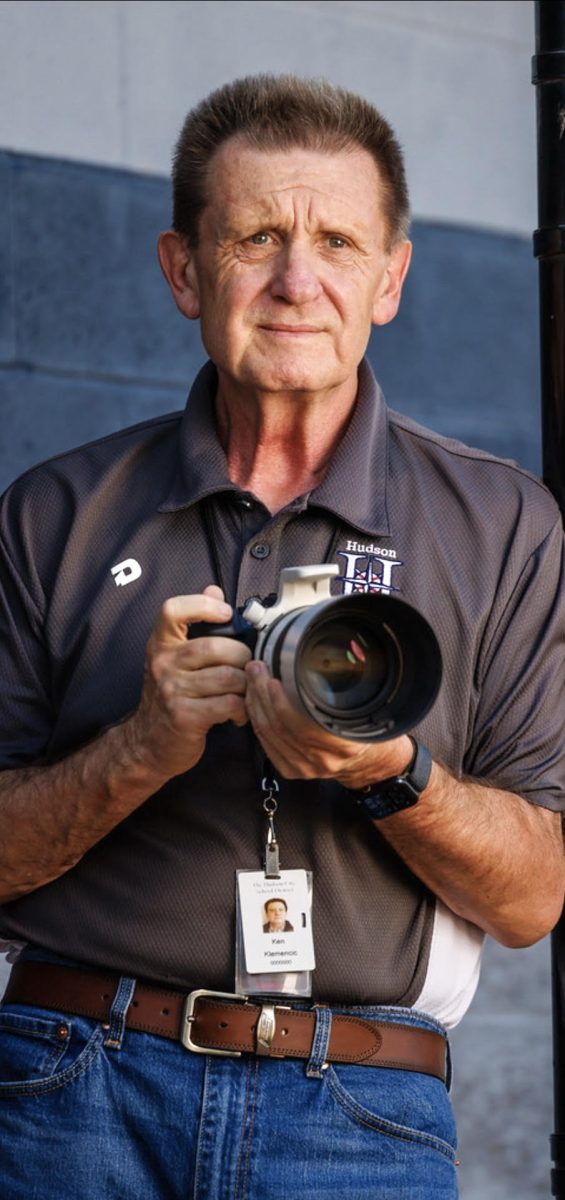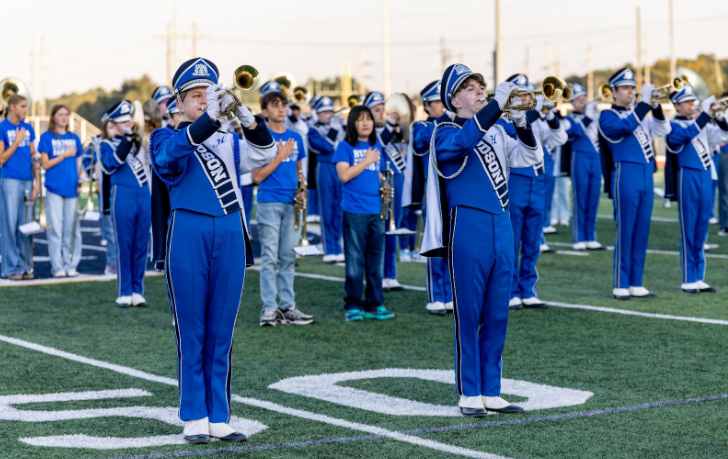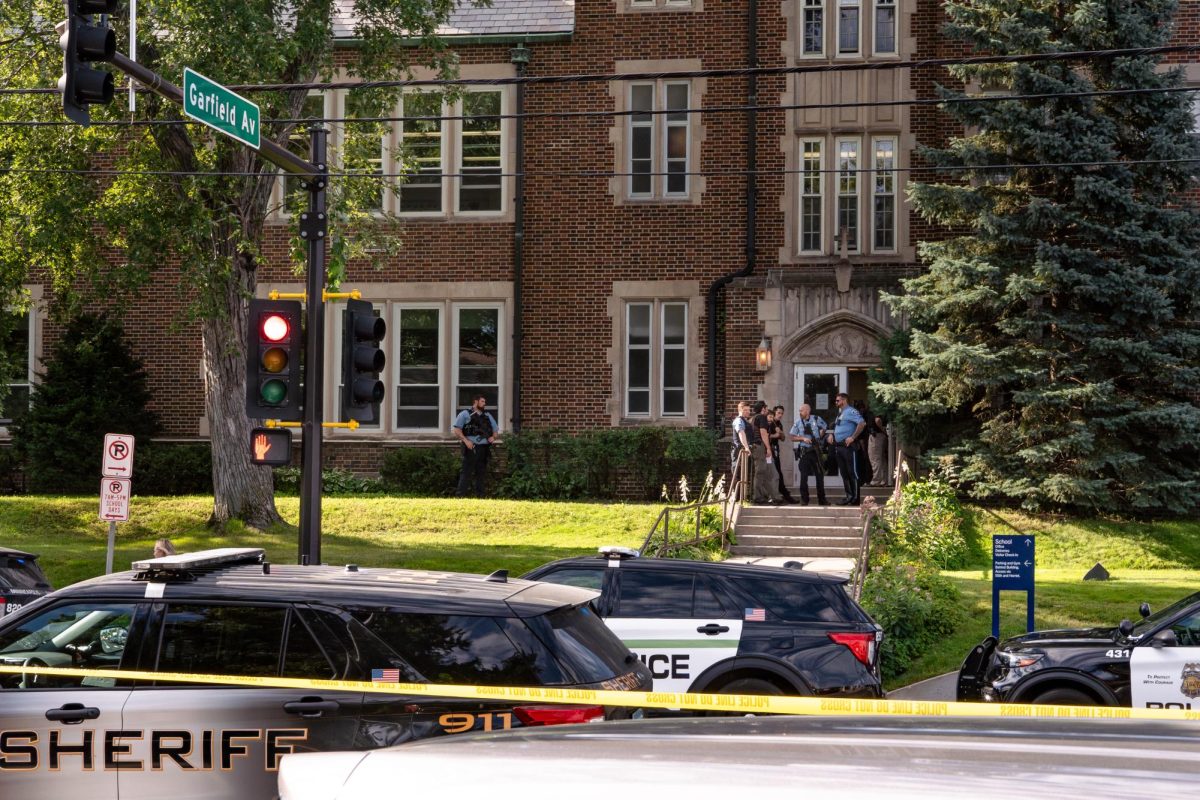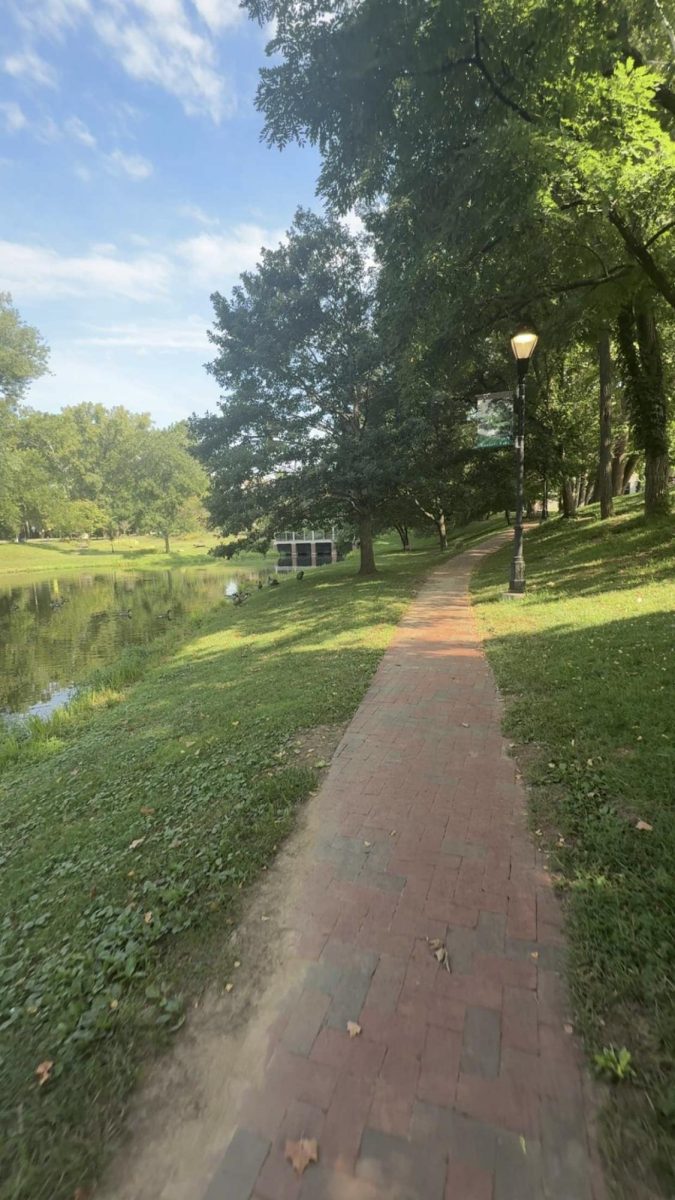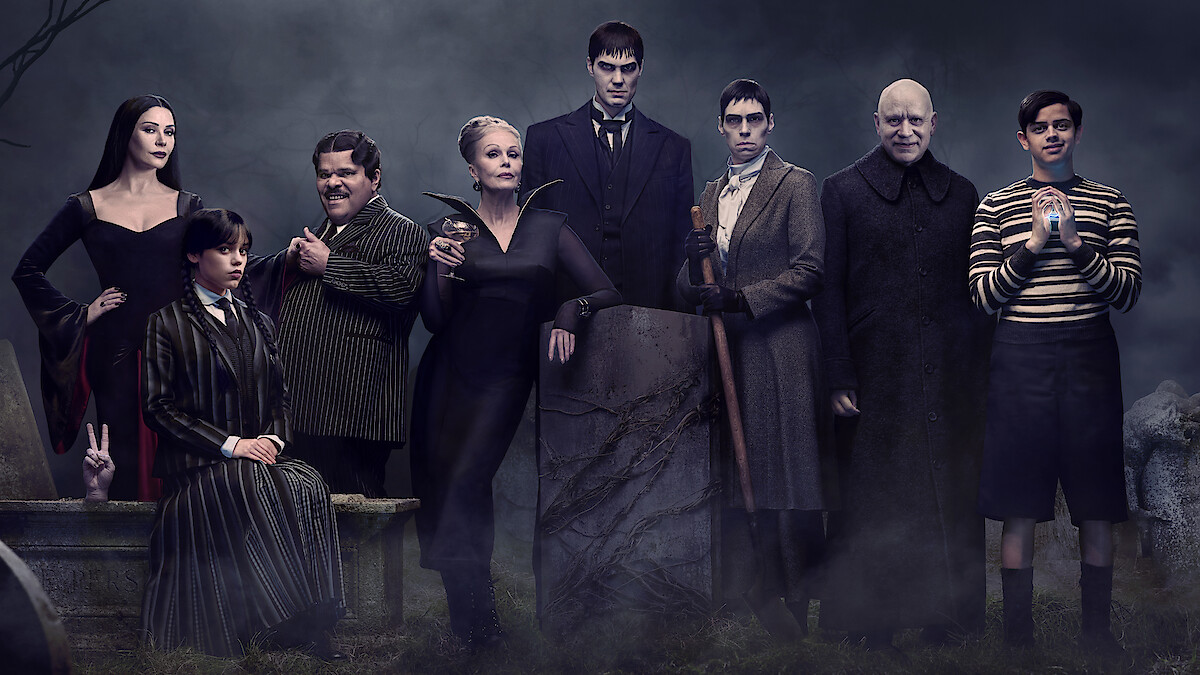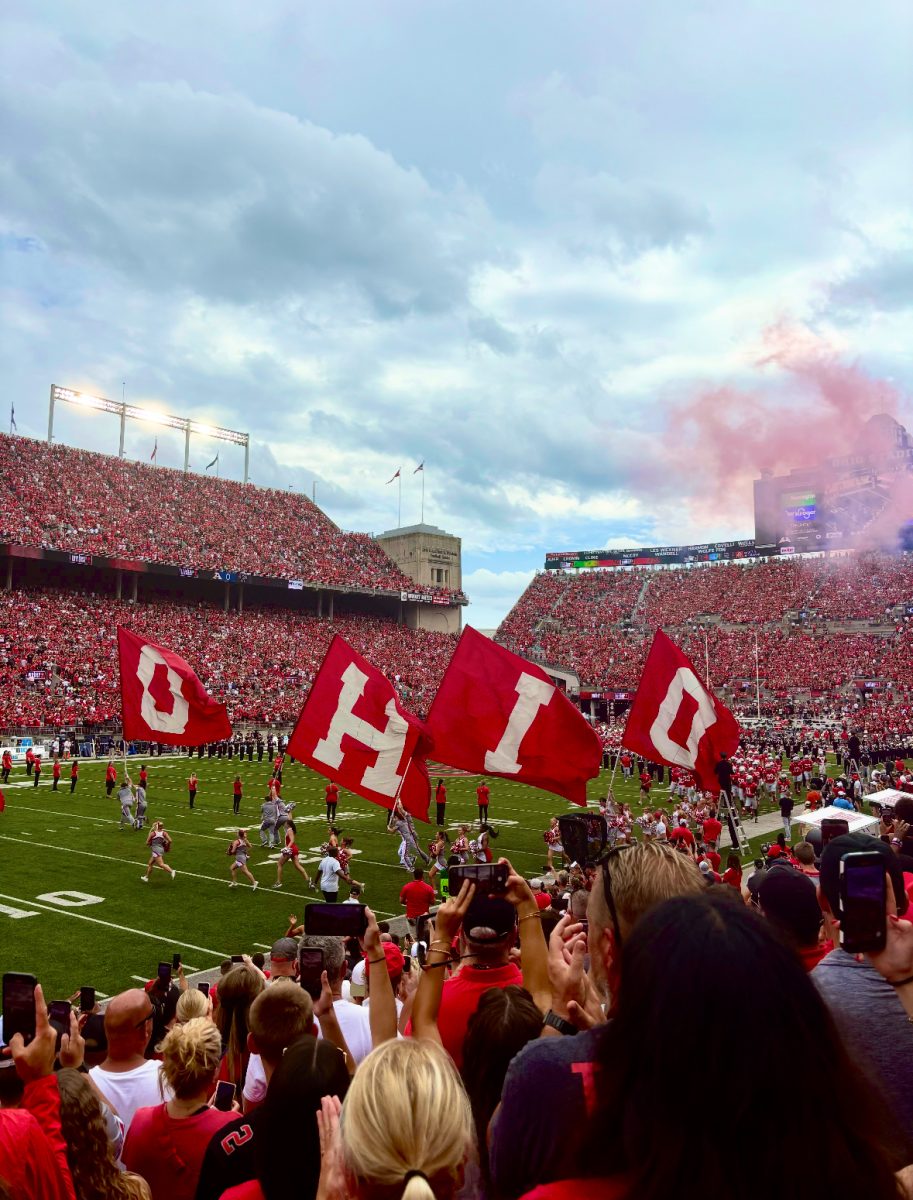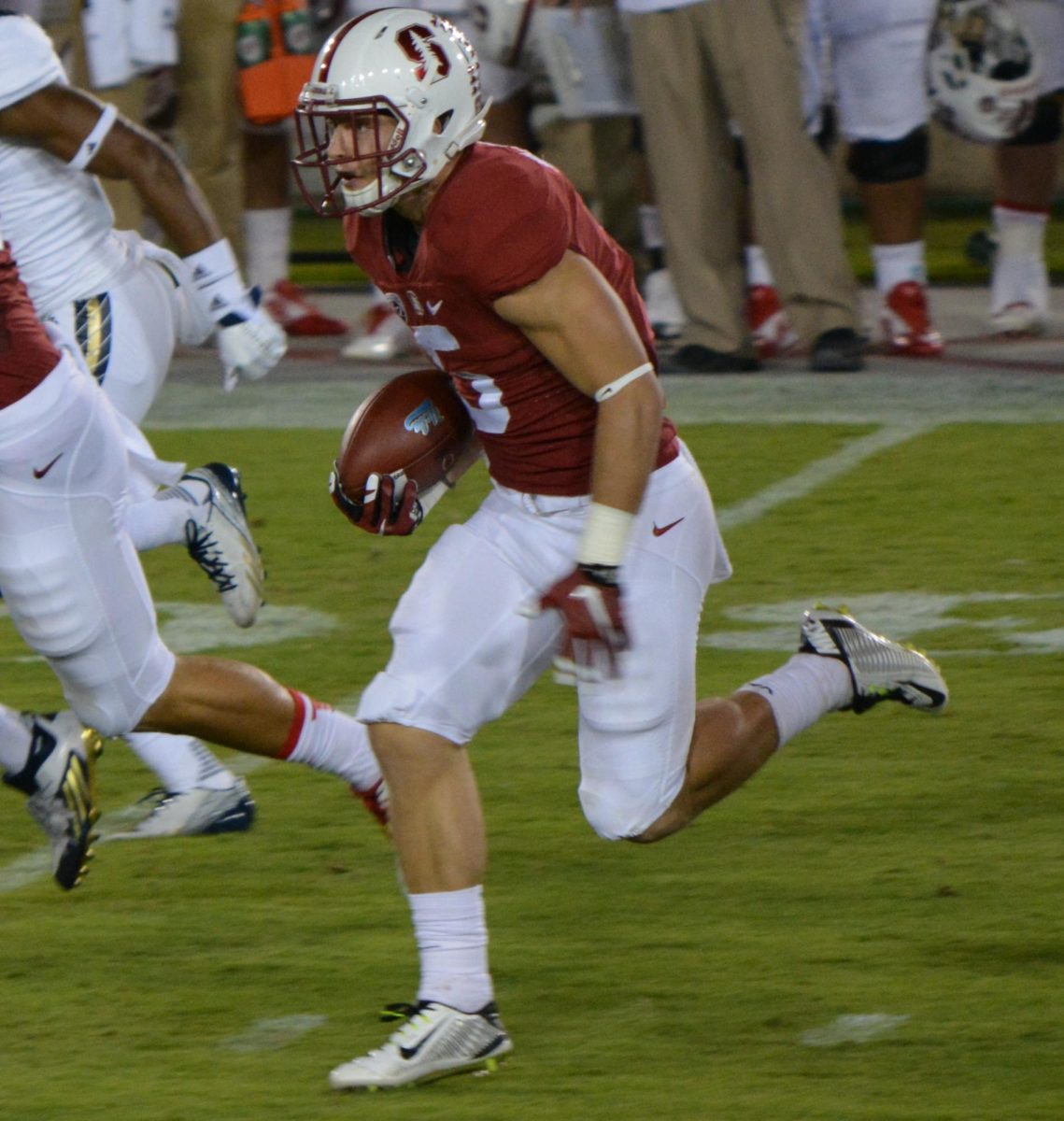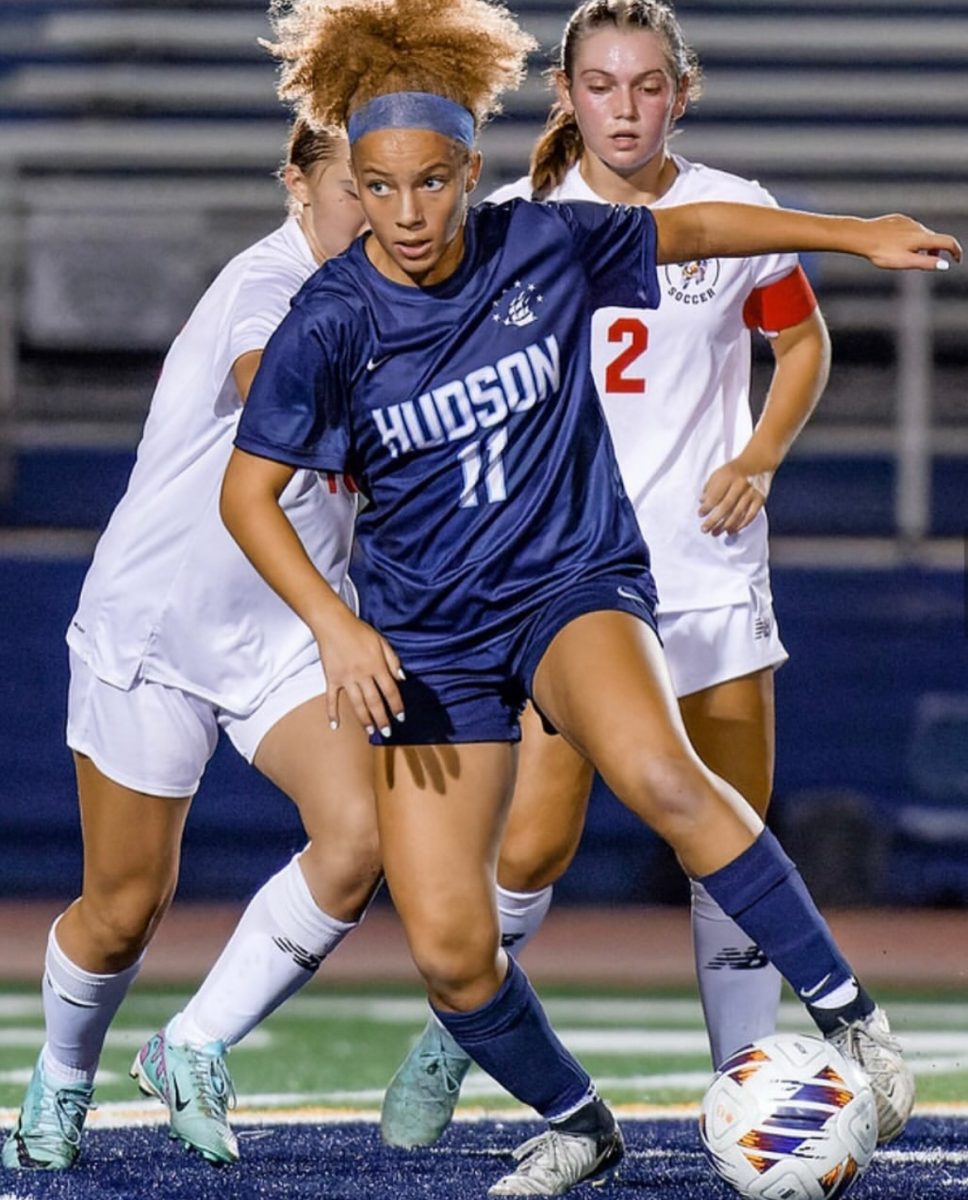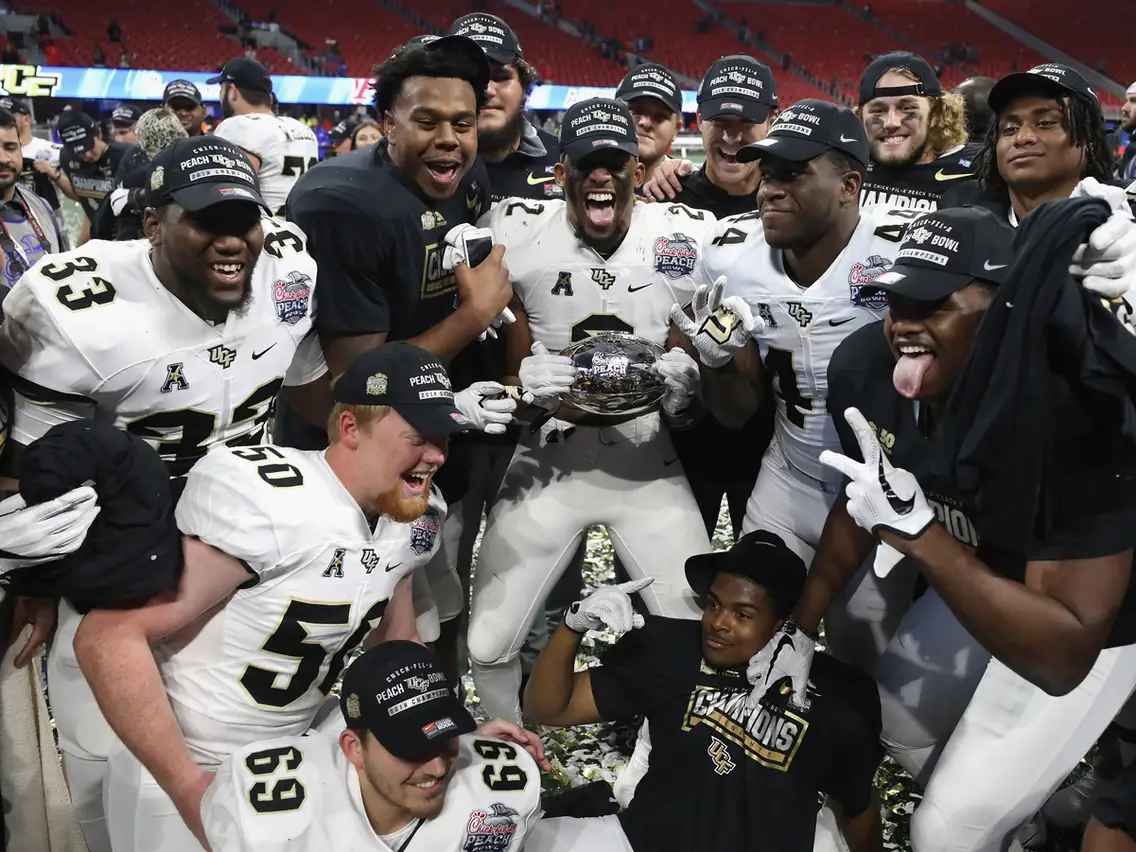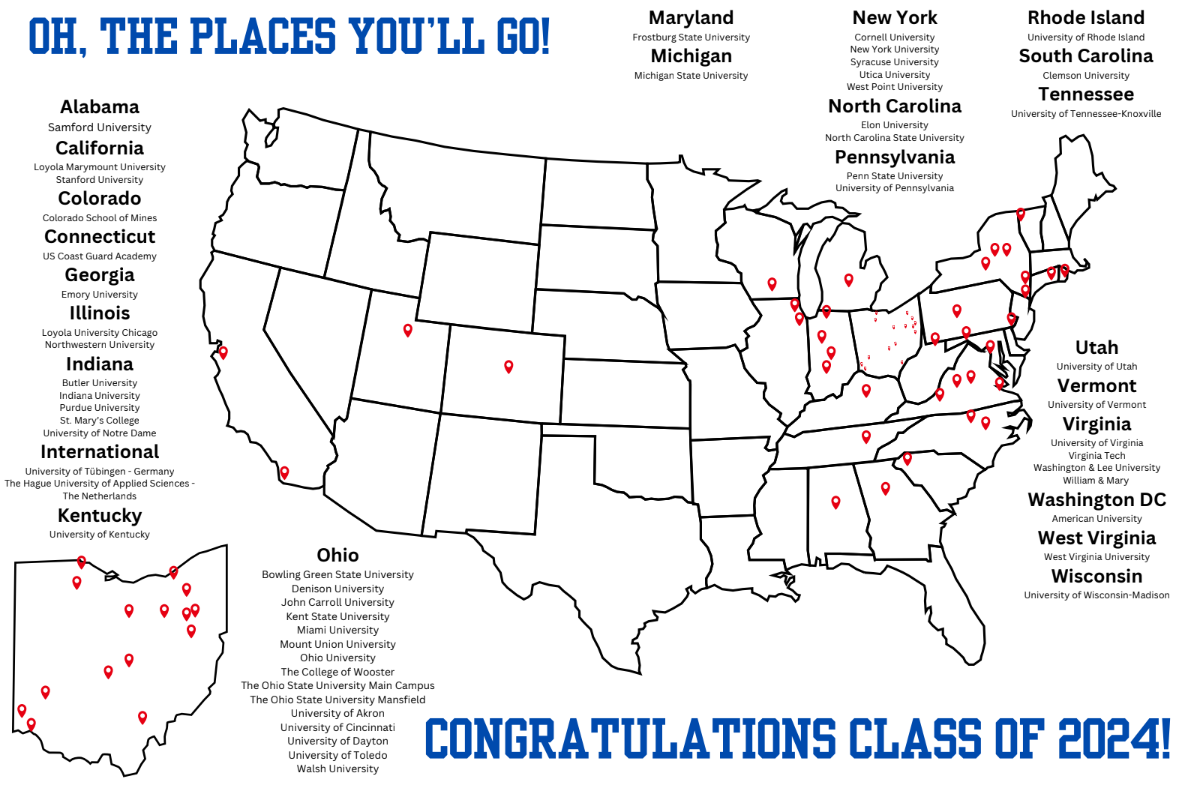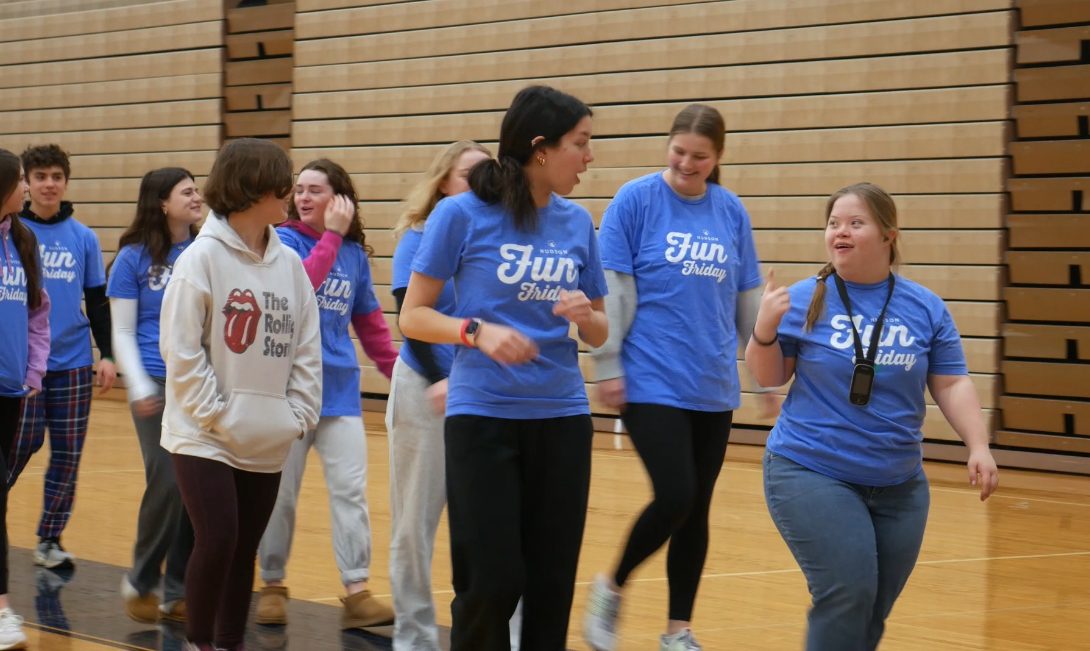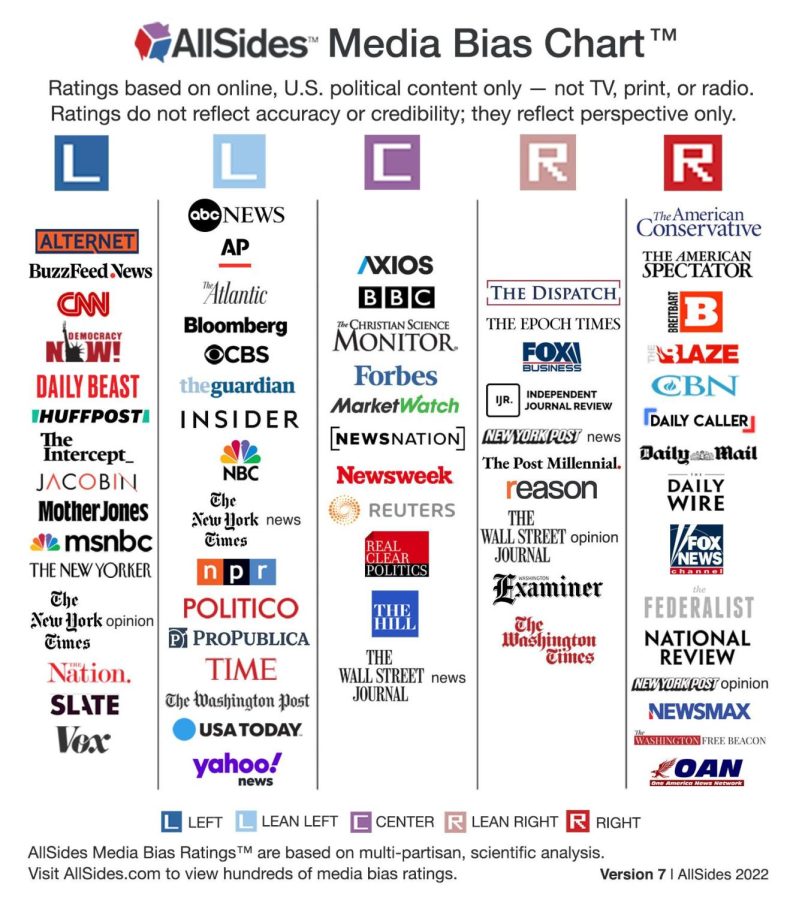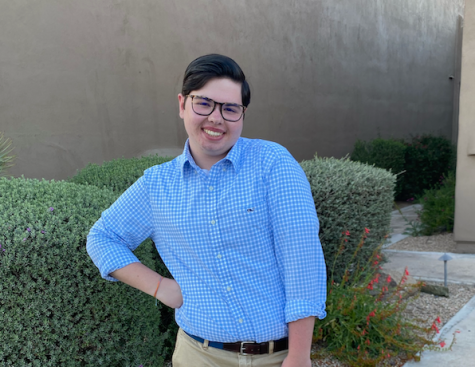For years, a majority of Americans have been able to trust where they have gotten their news and information from. Trustworthy journalists such as Walter Cronkite, Barbara Walters and Dan Rather became a staple of what American journalism should look like in a time of change. All three journalists represented a time where how people consumed information was changing, from newspapers to television, and all did it with precision and grace. We have now reached another moment of change, where people are now consuming their news more and more from the internet and social media, where information is usually not fact-checked. This has laid the groundwork for conspiracy theories to run wild without any check. People nowadays are bored by news, they want something more exciting and entertaining, which is where the rise of news bias stems from. This perceived “bias” isn’t just on social media, it has spread to all parts of US media, from TV to newspapers. It has led to a crisis where Americans are now debating which facts are true and which are false. So the question becomes, how do we as Americans change this worrying trend and do so in a fair, democratic way?
There has always been some type of bias in US news from one source to another. Going back to the beginning of newspapers, people have craved validation for their opinion. To find that validation, we turn to opinion pieces and editorials that agree with our views. The problem now is with social media and the internet, people are becoming more partisan towards one side because of what they are seeing on their feed.
According to a study conducted by Indiana University, political bias on social media emerges from users, not the platform. This contradicts the views of many who say that platforms such as Twitter are too liberally biased, a view expressed by Elon Musk who recently purchased Twitter in hopes to make the platform appear more neutral. The problem with this is that people see each other’s opinions on Twitter and other social media platforms. The algorithm picks up on the posts viewed and the ones that are liked or scrolled through, creating a feed that suits the interests of the viewer. Friends’ opinions also have a major impact on the bias on social media. According to the study, “the research revealed that the political alignment of an initial friend on social media has a major impact on the structure of a user’s social network and their exposure to low-credibility sources.” It is clear that if your friends have a certain bias (which all of us do), then with time there will be some type of bias presented in our social media feeds.
A term used to describe the media giants that control most, if not all of American media is the “mainstream media”, a term made popular by former president Donald Trump. Love him or hate him, Donald Trump has made the biggest impact on US news than any other one person has. He has shaped the media landscape into something very different compared to before he was a politician. The former president made his 2016 campaign railing against the “corrupt” mainstream media and verbally attacked members of the media before, during and after his stay in the White House. Trump was referring to the number of news organizations that have a perceived bias against Trump and the right wing and towards the left. Trump’s point is somewhat valid, but it needs context.
Pew Research Center conducted a survey of 12,000 US adults that asked the respondents what media outlets qualified as the “mainstream media”. The survey found that ABC News and CNN were the highest that qualified at 87%, followed by the New York Times, MSNBC, Fox News, Wall Street Journal and closing out with New York Post at 61%. The outlets Trump railed against as “mainstream media” typically have a liberal bias but some listed in that group, such as Fox News and the New York Post, have more of a conservative bias. It is important to note that the “mainstream media” doesn’t just include left-leaning sources but right-leaning sources as well.
The backlash of the mainstream media, led by former President Trump, has been followed by a rise in extreme right and left wing sources. There is a clear connection between the rise of extreme partisan sources to extremist ideologies, some even claiming the growth of extreme partisan sources such as One America News (OAN) has led to a sharp increase in political violence, as shown in the January 6 attack on the US Capitol Building.
When analyzing the media bias in the United States and beyond, it is important to see how students at Hudson High School consume media, news and information. 50 HHS students were randomly surveyed on what sources they go to for news (they could choose multiple) and the bias in news as well. In the survey, social media, only a write-in option on the survey, is where the most students get their news from with 20. This was followed by CNN with 18, local news with 16, (surprisingly) NPR with 15, and Fox News with 11, with various other news organizations not far behind. Generation Z is the social media generation, so it only makes sense that a majority of high school students get their news from Instagram, Twitter or Tik Tok. It is also clear this generation does not know the difference between a biased news source and an unbiased one. Of the 50 respondents, 44% said they were not sure if their source(s) are biased or not, followed by 42% for yes and 14% for no. Every single HHS respondent was in agreement with the notion that there is some sort of news bias in the United States today, whether that is a political bias, or a left-leaning bias, a right-leaning bias, and more. Many students said that they felt like it depended on the source if there is a bias and that there is no source that can be completely neutral because of the environment in American politics today. One student, who said they like to watch Fox News, explained, “sometimes they make it more interesting by entertaining the viewer more than educating them.” One student admitted, “News sources are always going to be biased- it’s important to look into a variety to get all perspectives.” Getting a variety of different perspectives, one would argue, is the best way to form opinions because you have heard from all sides and not just one.
Bias in the media has been around for a very long time, but it is growing like an epidemic. As previously stated, this is because of social media and the power it holds on American society. Such media bias has led to the problem of misinformation, on social media and in the other media forms. Take Roe v. Wade for example, when the landmark decision was overturned in the summer of 2022, many American women believed that their right to abortion was instantly gone because of a post they saw on Instagram. In reality, that may have happened in some states, but in other states abortion is protected through already passed laws or even in their state constitution.
In agreement, the University of Maine published findings on their research with media bias and misinformation. They found that when Americans discuss “how and why trust in the news has changed in recent years, we connect this to the concept of ‘truth’.” The findings discuss how we all have a different truth, and that our individual truths have led to questioning on what is fact and fiction. The author explains, “the current environment of ‘fake news’ and how students use technology to access and share information” has made it easy for people to spread false information, sometimes without even realizing it.
The question now becomes, how do we Americans, specifically younger Americans, flip the script on what is happening with the direction the news is going to a media where people can trust their information again and know that the facts are not biased. First, make an effort to get news from less-biased sources. There will always be biased sources, but try to find some that aren’t extreme in their bias. Don’t know if a source is biased or not? Search up allsides.com and the website will have graphs and data to make an educated decision on what sources to trust. Secondly, get your media content from multiple sources of all biases. In the end, it will help form opinions and make people better understand the world. Finally, never trust social media. Never ever. There is no social media source to trust because barely anything is ever regulated and people exercise their freedom of speech to say what they want, which is usually not without bias. It isn’t a lot, but each effort made will curb this growing problem in American society. Also, pay more attention to the news because at the end of the day, current events end up affecting all parts of our lives and it is important to understand what is happening in our world today. I challenge you to read a real life newspaper or sit down and watch the morning or evening news and gain an appreciation for the news. While it may be boring, the media and how we consume news is incredibly important to keep the United States as the beacon of freedom and democracy for the entire world.

